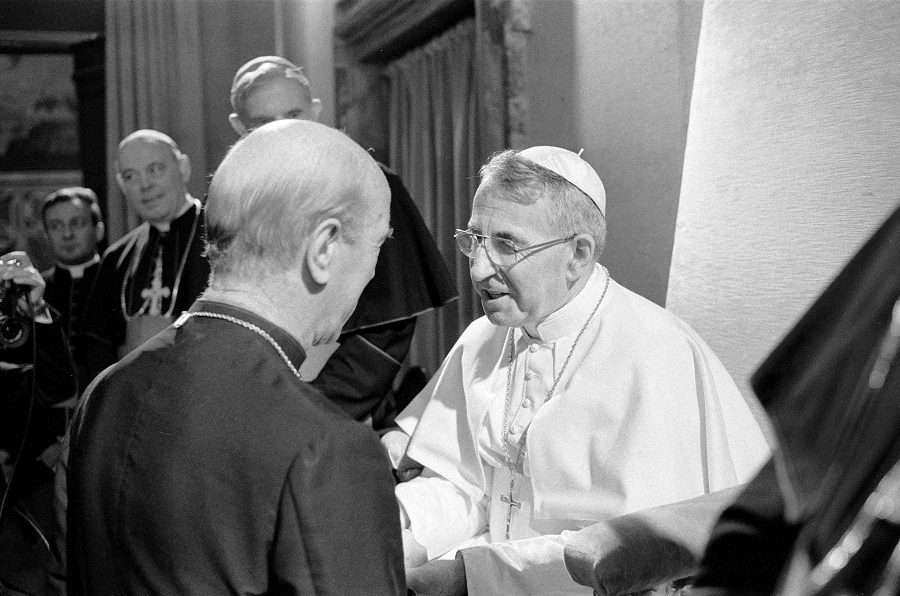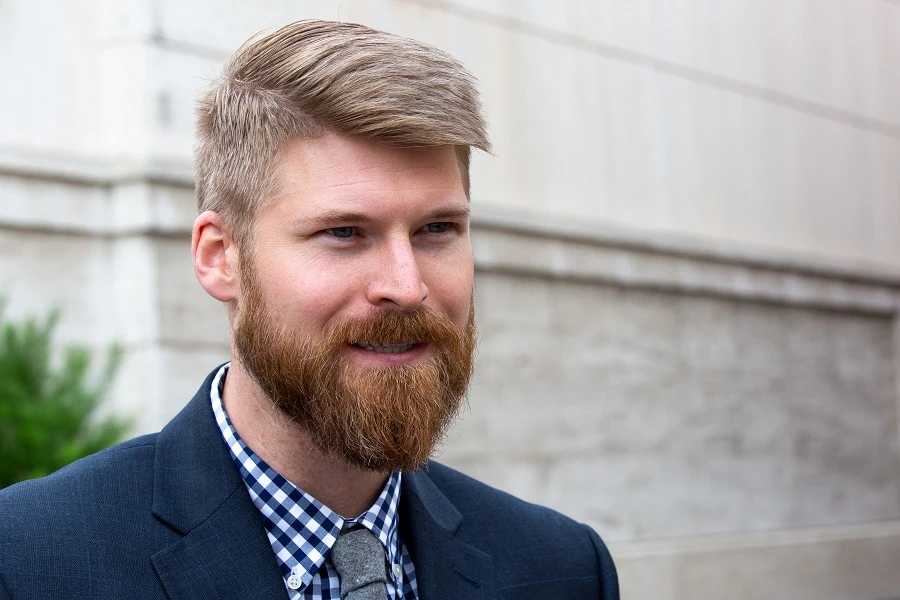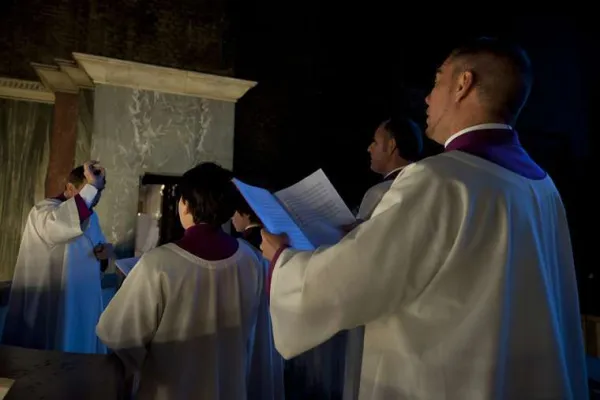
Vatican City, Nov 9, 2017 / 02:22 am (CNA/EWTN News).- The Vatican on Thursday announced that Albino Luciani – better know as Pope John Paul I – has moved forward on the path to sainthood, and can now officially be called “Venerable” by faithful around the world.
Announced in a Nov. 9 communique from the Vatican, the Pope's decision to green light the cause was made the day before, during a Nov. 8 meeting with Cardinal Angelo Amato, Prefect of the Congregation for the Causes of Saints.
With Francis' approval of his heroic virtue, “Papa Luciani,” who until now has held the title “Servant of God,” can now be called “Venerable,” which is the step before beatification.
In addition to John Paul I, other causes to move forward are the martyrdom of Giovanni Brenner, a diocesan priest killed in Hungary in 1957 and the martyrdom of Sr. Leonella Sgorbati, killed in hatred of the faith in Somalia in 2006.
Other causes approved of heroic virtue are Bernard of Baden; Fr. Gregorio Fioravanti; Fr. Tommaso Morales Perez of Venezuela; Italian layman Marcellino da Capradosso and American Sr. Teresa Fardella, foundress of the Daughters of Mary of the Most Holy Crown.
Born Oct. 17, 1912, in Italy’s northern Veneto region, Albino Luciani made history when he was elected Pope Aug. 26, 1978, and took a double name after his two immediate predecessors, St. John XXIII and Bl. Paul VI.
He sent shock waves around the world when he died unexpectedly just 33 days later, making his one of the shortest pontificates in the history of the Church.
The first Pope to born in the 20th century, he is also the most recent Italian-born Pontiff and is often referred to as “the Smiling Pope” by those who knew him or remember his election.
Despite living in relative poverty, he entered the minor seminary in Feltre in 1923, when he was just 11 years old, and entered the Gregorian Seminary at Belluno five years later, in 1928.
He was ordained a priest July 7, 1935, and after serving in a parish for a few months, in December of that year he was named instructor of religion at the Technical Institute for Miners in Agordo. He became vice-rector of the Belluno seminary just two years later, in 1937 – a position he would hold for the next 10 years.
At the same time, he also became an instructor at the seminary and continued to pursue his own studies in theology. When his time as vice-rector was complete in 1947, he obtained a docorate degree in Sacred Theology from the Pontifical Gregorian University in Rome.
That same year, at just 36 years of age, he was named chancellor of the diocese of Belluno and given the title “Monsignor.” That year he was also nominated secretary for the diocesan synod of bishops.
A year later, in 1948, he was named Pro Vicar General of the Belluno diocese and director of their office for catechesis. He was named Vicar General of Belluno six years later, in 1954.
In 1958, Luciani was named Bishop of the Vittorio Veneto diocese by St. John XXIII, and was consecrated by the Pope himself in St. Peter's Basilica.
Luciani was among the bishops present from around the world for the opening of the Second Vatican Council in 1962, and he attended each of the four sessions before the Council's close in 1965.
In 1969 he was named Patriarch of Venice by Bl. Pope Paul VI, one of the few patriarchates in the Latin Church. The Archbishop of Venice is typically made a cardinal, and Luciani received his red hat from Paul VI in 1973.
He participated in the 1971 Synod of Bishops on “The Ministerial Priesthood and Justice in the World” in 1971, and in 1972 was elected Vice President of the Italian Bishops' Conference, a position he held until 1975.
The last year of his life was a whirlwind in which he participated in the Sept. 30-Oct. 29 1977, Synod of Bishops on “Catechesis in Our Time” and voted in the August 1978 conclave that elected him as Pope after the death of Paul VI.
He had hardly given four general audiences when he died just 33 days into his pontificate – 34 including the day of his election, which counts canonically.
The sudden nature of his death gave rise to various theories of foul play at the time of his passing. However, a book published Nov. 7 by Italian journalist Stefania Falasca, the vice-postulator of his cause, has debunked the conspiracies and insinuations of murder.
In her book, released in Italian and titled “John Paul I: the Chronicle of a Death,” Falasca provides both documentation and testimony indicating that the late Pope suffered a brief, unknown cardiac episode the night before he died, which was likely linked to a previous heart problem he thought had been resolved, but was most likely the cause of his death.
Although the cause for canonization of a Pope is typically opened by Rome, in 2003 the Bishop of the Belluno diocese, Vincenzo Savio, requested to have the cause opened there, since Luciani had spent the majority of his ministry there, and was only in Rome for a month before his death.
The request was accepted, and Diocese of Belluno officially opened John Paul I's cause in November 2003. The lengthy document detailing the late Pope's life and virtues was submitted to the Congregation for the Causes of Saints on his birthday, Oct. 17, 2016.
With the approval of his heroic virtue, the path is now open for Pope John Paul I's beatification, which requires that there be miracles attributed to his intercession. One miracle is needed for him to be beatified and declared “Blessed,” and two are needed for his canonization as a Saint.
If you value the news and views Catholic World Report provides, please consider donating to support our efforts. Your contribution will help us continue to make CWR available to all readers worldwide for free, without a subscription. Thank you for your generosity!
Click here for more information on donating to CWR. Click here to sign up for our newsletter.






Leave a Reply